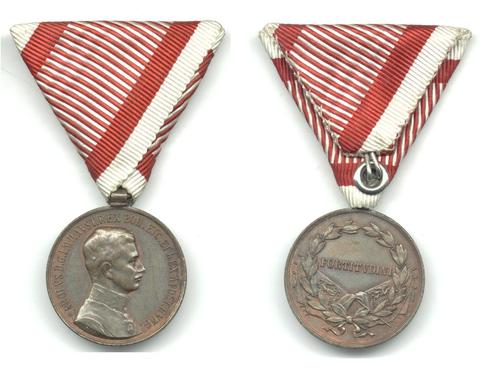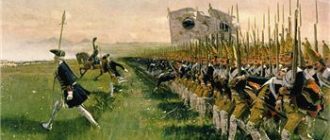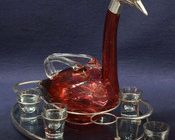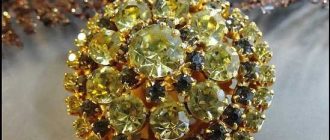The Austrians developed a tradition of honoring their war heroes with bravery medals. Find out about the origins of the Austrian Bravery Medals and the names of the most decorated soldiers.
The particular Austrian credited for developing bravery medals is Kaiser Joseph II. The idea behind these medals was to identify and award the non commissioned officers and private soldiers that had put up a brave performance in front of the enemy. The medals officially began to be known as bravery medals since the year 1809. There were further divisions in the ranks of these medals as by 1848 the silver medal had been divided into first class and second class. The second class medal was relatively smaller in size than the first class one.
It wasn’t until 1915 that the bronze medal was introduced in the collection of bravery medals. This medal was the same size as the second class silver medal. The difference between these medals was that the bronze medal was the only one that could be awarded Private soldiers of the allied army and the NCO’s.
What they look like
The obverse side of the bravery medals displayed the ruling Kaiser’s head. The other side featured six crossed regimental colors which were surrounded by a laurel wreath and of course the motto “Der Tapferkeit”. The largest medals were the Gold and the first class silver ones with their diameter measuring 40mm. The bravery medals featured a red and white ribbon which was traditionally used for the Military Merit Cross. Some additions to these designs were made especially for the repeat awards like the rust less iron bars.
bravery medals and their fringe benefits
The person who was entitled to a bravery medal would also be given a lifelong pension. The Golden bravery medal was worth thirty crowns per month, the silver fifteen and the second class silver 7.50 crowns per month. The only medal that did not collect a pension was the bronze one nor did the repeat medals increase the pension rate for an individual. In 1917 the bravery medals were revamped with the portrait of the new Kaiser on the obverse and a changed motto which now read “Fortitvdini”. From that time onwards even the commissioned officers were eligible to win the golden and silver bravery medals. There was one major difference though and that was the fact that the commissioned officers would not be awarded the pension along with the medals. They introduced a triangular ribbon to distinguish the officers silver and golden medals.
The most decorated war heroes
Feldpilot Offiziersstellvertreter Julius Arigi is remembered as the most decorated non commissioned officer from the Austro-Hungarian Army. The officer had four Golden Bravery medals, four Silver First Class, two Silver Second Class and two Bronze Medals to his credit. On the other hand Kaiserschützen-Hauptmann Johann Charvát is the only commissioned officer who was awarded two Golden Bravery medals. Karl Rittor von Eiss is another individual who was the recipient of the only two NCO and Soldier’s Golden bravery medals. These individuals are remembered as the heroes of the nation who stepped up to the challenges during turbulent times.





